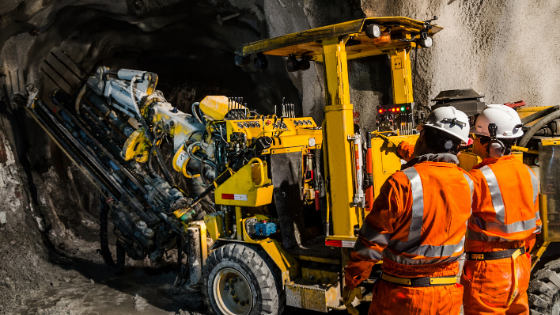In June, the Mine Safety and Health Administration (MSHA) released a safety alert after a rise in fall-related mine fatalities.
Unfortunately, mining is already a dangerous industry – one of the most dangerous jobs on the market. Here’s a closer look at the safety alert, the underlying issue, and how you and your workers can stay safe.
The MSHA Alert
The MSHA released an alert following a concerning trend in mining deaths related to falls. As the agency noted, the rate of deaths from falls rose from 8% to 19% of total mining fatalities.
Near-misses are also a significant cause for concern. Between January 2019 and June 2020, MSHA issued 92 imminent danger orders for people working at heights without fall protection. These workers represent a significant risk category – if even a fraction of these workers suffered fatal falls, they would drastically increase the rate of fall fatalities for the whole industry in the last 10 years.
Of those imminent danger orders, the MSHA noted that the most frequent violations were truck drivers climbing on top of their vehicles, as well as maintenance and quarry personnel working from heights or climbing to heights without fall protection. Even supervisors have been ordered down from dangerous locations for failure to use fall protection.
Fall Hazards in Mining
Unfortunately, there are several fall hazards in the mining industry. Worse, many of them can be prevented, or at least mitigated, with the appropriate safety measures.
According to the MSHA alert, fall hazards often occur when workers complete tasks on aerial lifts, while performing maintenance tasks on milling equipment, crushers, conveyors, and screens, and while accessing or egressing mobile equipment.
Best Practices for Fall Safety
In response to these hazards, the MSHA released several best practices to counteract potential fall hazards.
First, work areas and job tasks should be designed with fall hazard mitigation in mind. This will encourage workers to think about fall mitigation as a necessary part of the job task.
Second, you should develop a comprehensive fall protection program, including hazard-specific fall prevention training to ensure workers know how to stay safe.
Third, your team should always be provided with the appropriate fall protection – and use of that fall protection should be rigorously enforced by your EHS team.
Protecting the Mining Industry Every Day
Sadly, falls are not the only hazard facing the mining industry. The reality is that the industry is rife with hazards, and your EHS team has to spend all its time developing proactive solutions to keep your workers safe.
That’s where we come in. We know the unique EHS challenges facing the mining industry, which is why we developed safety software that works with you to tackle your biggest challenges head-on.
Ready to take a more effective approach to safety? Get in touch today to find out how we can help.
